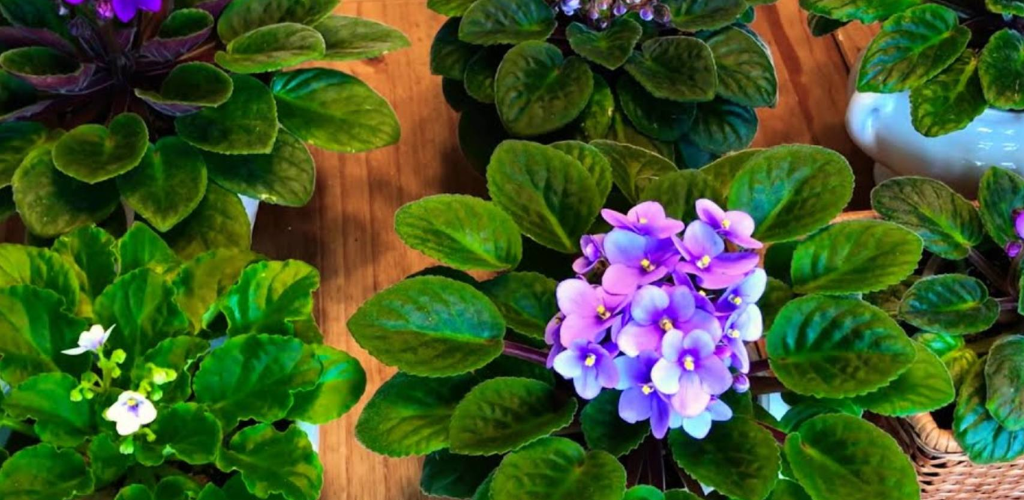26.06.2024
“All the secrets to make the African violet bloom abundantly”
The African violet, also known as Saintpaulia, is a very popular flowering plant for its beauty and ease of care. However, to achieve abundant and continuous flowering, it is necessary to follow some specific tips.
Here are some tips to help your African violet bloom profusely. Make sure you apply all of these tips to enjoy a plant full of flowers all year round.
- Adequate Light African violets need plenty of indirect light. Place your plant near an east- or west-facing window where it can receive moderate sunlight. Too much direct light can burn the leaves, while not enough light can slow down flowering. If your plant isn’t getting enough natural light, consider using plant-specific fluorescent or LED lights, placed about 30-40 cm above the plant for 12-14 hours a day.
- Watering Watering is crucial to the health of the African violet. Keep the potting soil moist but not soggy. Stagnant water can cause root rot. The best method is to water from below, placing the pot in a saucer of water and allowing the plant to absorb the water for about 30 minutes. Then, drain off any excess water. Use room temperature water and avoid hard water if possible, preferring distilled or rainwater.
- Humidity African violets prefer an environment with a relative humidity of 50-60%. If the air in your home is too dry, especially in winter with the heating on, use a humidifier or place the plant on a plate with pebbles and water, making sure that the bottom of the pot does not directly touch the water.
- Fertilizing For abundant flowering, regular fertilization is essential. Use a fertilizer specific for African violets or a balanced water-soluble fertilizer, diluted to half the recommended dosage. Fertilize every 2-4 weeks during the active growing season (spring and summer). Reduce the frequency in fall and winter, when growth is slower.
- Constant Temperature African violets thrive in temperatures between 18°C and 24°C. Avoid sudden temperature changes and cold drafts, which can stress the plant and inhibit flowering. Keep plants away from open windows in winter and away from air conditioners.
- Pruning and Cleaning Regularly remove wilted flowers and dead or damaged leaves. This not only keeps the plant aesthetically pleasing, but also encourages new flower production. Light pruning can help maintain a compact shape and promote better air circulation around the plant.
- Periodic repotting African violets grow best when they are slightly root bound, but occasionally they need to be repotted. Repot them every 1-2 years in spring, using a specific African violet potting mix or a light mix of peat, perlite and vermiculite. Make sure the pot has good drainage to avoid waterlogging.
- Pest Control African violets can be attacked by aphids, spider mites and thrips. Regularly check the plant for signs of infestation and, if necessary, treat with a suitable insecticide or insecticidal soap.
By following these simple tips, your African Violet should bloom profusely and offer you a colorful show for much of the year. Remember that each plant is unique and it may take some experimentation to find the optimal conditions.
